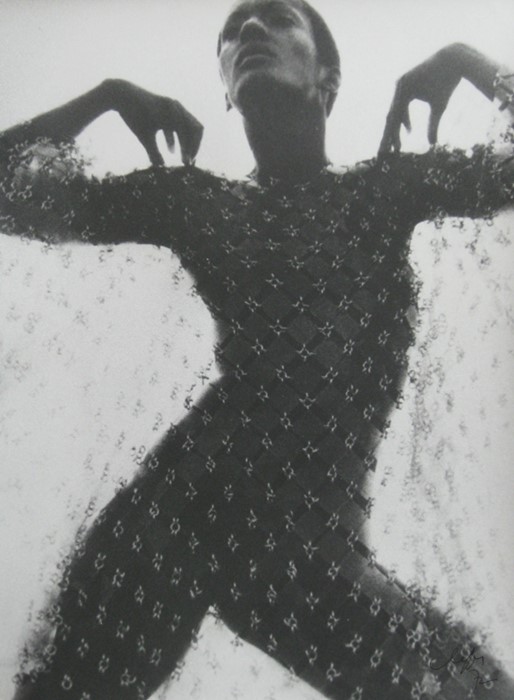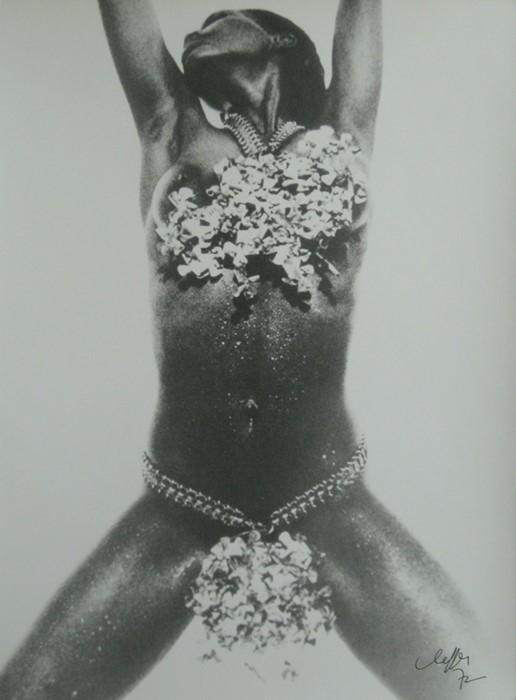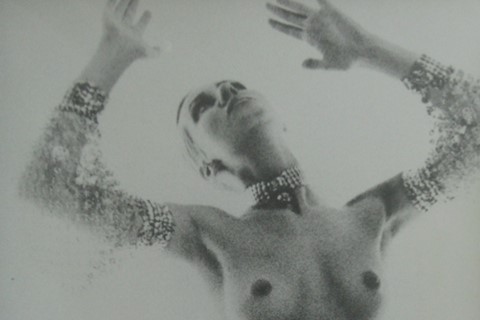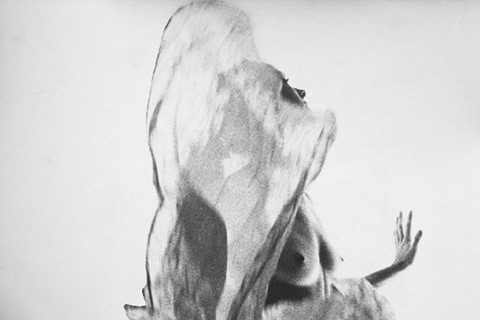When Parisian photographer Jean Clemmer died in 2001, he left behind a legacy steeped in sexual intrigue and artistic innovation. Clemmer was Salvador Dali’s personal photographer and Jean Cocteau’s friend and muse. He consorted with the elite of

When Parisian photographer Jean Clemmer died in 2001, he left behind a legacy steeped in sexual intrigue and artistic innovation. Clemmer was Salvador Dali’s personal photographer and Jean Cocteau’s friend and muse. He consorted with the elite of the post-war French intellectual circuit and counted among his closest friends the most incendiary figures of the 1950-60s French avant-garde. He was a painter, a violinist, a surrealist, and, most notably, a photographer of rich and erotically charged nudes that were banned in parts of France even as the country was in the throws of a sexual revolution.
Until now, precious little of Clemmer’s photographic oeuvre has been made public; most of his prints have languished outside of Paris under the care of his niece, sculptor Hélène Clemmer Heidsieck. Copies of his 1969 book Nues, which documents his collaboration with fashion designer Paco Rabanne, are cult collector’s items. From today, Flash Projects in London will make Clemmer’s nudes, as well as the Clemmer-Rabanne collaboration, available to the public for the first time since its censure in 1969.
Originally from Neuchâtel, Switzerland, Clemmer arrived in Paris in the mid-40s with a “cardboard case full of pencils and brushes in one hand and his violin in the other,” Hélène recalls. He was quickly adopted by the post-war intellectual set, including Dali, with whom he would come to work with for two decades. Of his photography, Clemmer told Dali, “Je veux montrer ce qui n’existe pas”: “I want to show what does not exist.”
Clemmer was occupying the vaulted basement of the famed art deco restaurant Lucas Carton in Paris when editor Pierre Belfond approached him to produce a book of nudes. Clemmer chose Paco Rabanne, then considered a radical force in the French fashion scene, to collaborate on the project. It took them three months to produce the images in Nues (published in London as Canned Candies, the title of the exhibition).
The publication caused an immediate sensation, both for its explicit nudity – the models wear little more than Rabanne’s elaborate aluminum and chainmail jewellery – but also because of Clemmer’s pioneering choice of black and Asian models. “It was very avant-garde at the time,” explains Hélène. “The models, their poses – accessories had never been presented this way.” That the raw beauty of Clemmer’s nudes still resonates in our sex-saturated times is testament to Clemmer’s artistic endurance, and the exhibition, which will run concurrently with London’s Fashion in Film Festival, should not be missed.
Text Julie Cirelli
Canned Candies: The Nudes of Jean Clemmer is on view at Flash Projects, 8 Kingly Street, London, from 26 November through 18 December.



